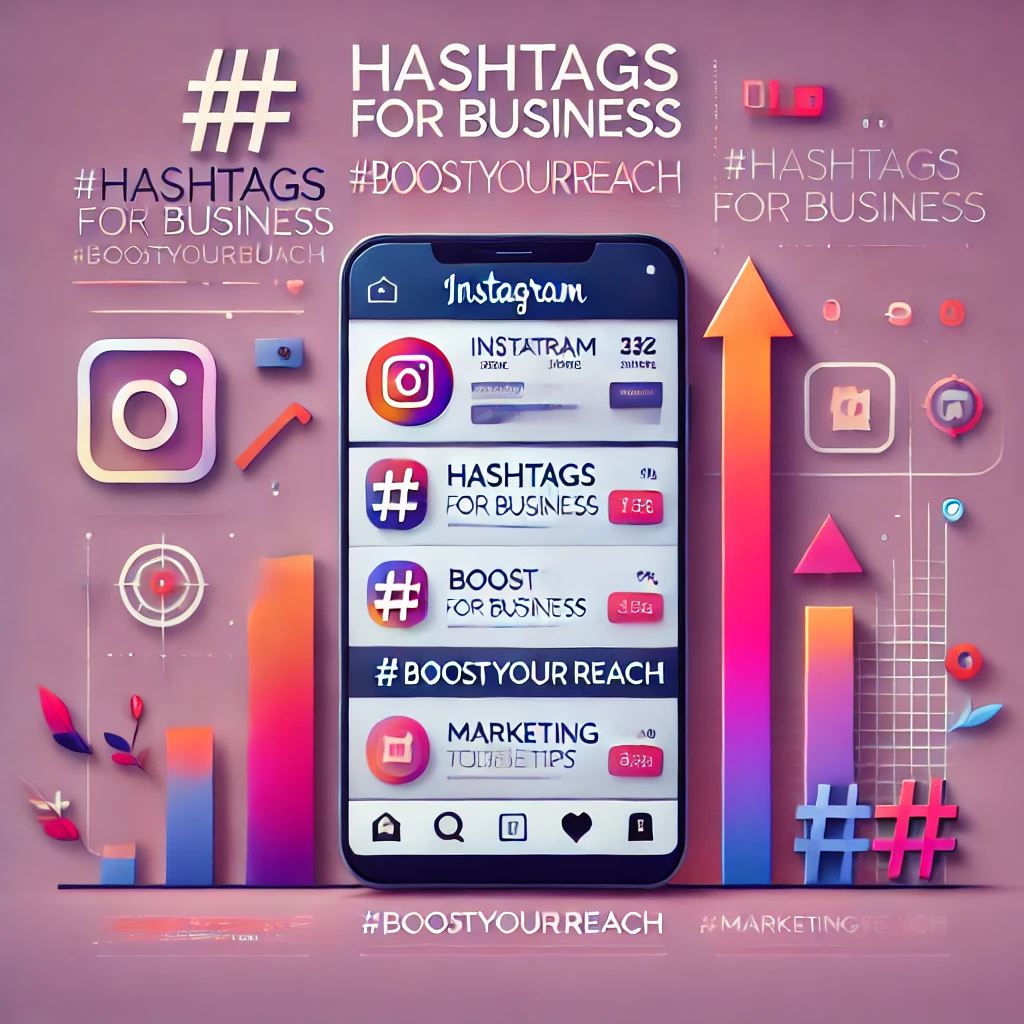Finding the Best Hashtags for Instagram: Boost Your Reach

Hashtags are a critical part of Instagram’s ecosystem, helping users discover content that resonates with them. For businesses and influencers, using the right hashtags is a powerful way to increase visibility, boost engagement, and grow your following. In this article, we’ll explore how to find the best hashtags for Instagram and how they can help you maximize your reach.
1. Why Are Hashtags Important on Instagram?
Hashtags categorize your content, making it easier for users to find posts that match their interests. When someone searches or follows a hashtag, your post has the potential to appear in their feed, even if they don’t follow you. This opens up your content to a much wider audience, increasing the chances of engagement and follower growth.
2. How to Find the Best Hashtags for Your Content
Finding the right hashtags is key to success on Instagram. Here are some proven strategies to discover the best ones:
A. Research Your Industry
Start by researching hashtags that are popular within your niche. Look at the Instagram accounts of competitors, influencers, and industry leaders to see which hashtags they’re using and how much engagement they generate.
B. Use Hashtag Tools
Several online tools can help you discover trending and relevant hashtags. Tools like Hashtagify, All Hashtag, and RiteTag provide valuable insights into hashtag popularity, usage, and performance.
C. Create Branded Hashtags
Branded hashtags are unique to your business and can help create a sense of community around your brand. Encourage your followers to use your branded hashtags when they post about your products or services, further expanding your reach.
3. Types of Hashtags to Include in Your Posts
To maximize the impact of hashtags on Instagram, use a combination of the following:
- Trending Hashtags: These are popular hashtags that are widely used and can give your posts more exposure. However, they’re also highly competitive, so balance them with other hashtag types.
- Industry-Specific Hashtags: These are tailored to your niche or sector and attract a more targeted audience. For example, a fitness brand might use hashtags like #FitnessGoals or #FitLife.
- Branded Hashtags: Create a hashtag that is specific to your business or marketing campaign. This encourages user-generated content and strengthens brand identity.
- Location Hashtags: Use local hashtags to attract a regional audience. For instance, #NYCBusiness would target users in New York.
4. Best Practices for Using Hashtags on Instagram
Using hashtags effectively requires a strategic approach. Here are some best practices to follow:
- Don’t Overuse Hashtags: While Instagram allows up to 30 hashtags per post, using too many can make your content look cluttered. Stick to around 5-10 highly relevant hashtags.
- Mix Popular and Niche Hashtags: Popular hashtags can give you wide exposure, while niche hashtags help you target a more specific audience.
- Research Hashtag Performance: Use Instagram Insights to see which hashtags are driving the most engagement. This data will help you refine your strategy.
- Update Your Hashtag List: Keep your hashtags fresh by updating them regularly to reflect trending topics and changes in your industry.
5. Tools to Track Hashtag Performance
Once you start using hashtags, it’s important to track their performance. Instagram’s built-in analytics provide insights into which hashtags are driving engagement and reach. Additionally, third-party tools like Sprout Social and Iconosquare offer more detailed hashtag analytics, helping you identify which hashtags are working and which ones to drop.
Conclusion
Finding the best hashtags for Instagram can greatly increase your reach, improve engagement, and help grow your brand. By researching your industry, using the right tools, and applying hashtag best practices, you can make your content more discoverable to the right audience. Experiment with different combinations of hashtags to see what works best for your business, and keep optimizing your strategy for continued success.

3 thoughts on “Finding the Best Hashtags for Instagram: Boost Your Reach”
Comments are closed.